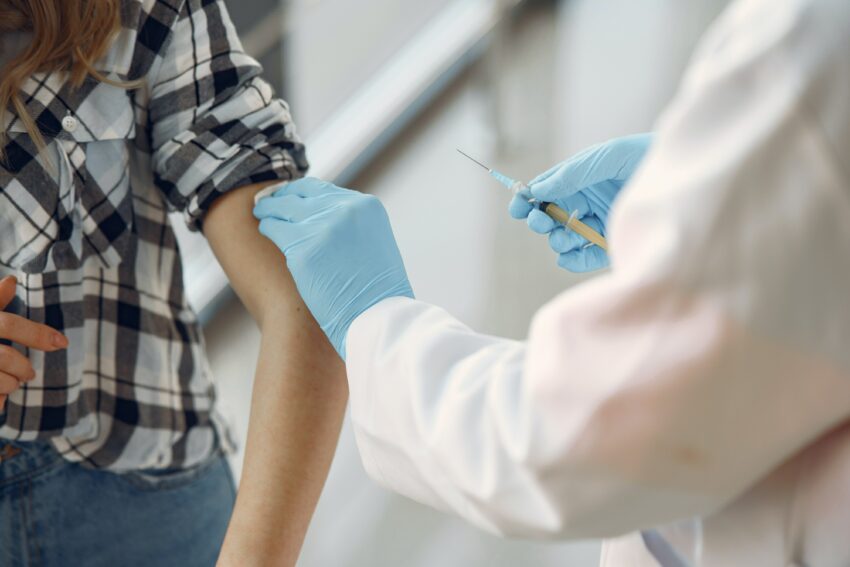COVID-19 and the Flu Vaccine: What You Need to Know


BY CYNTHIA DEMARCO

Another flu season is right around the corner. And this year, we’re expecting to face it in the midst of a coronavirus (COVID-19) pandemic.
So, what does that mean for you? Should cancer patients and their caregivers skip getting a flu shot this year, or is it more important than ever? Will getting a flu shot increase your risk of catching the coronavirus?
We spoke with Elizabeth Frenzel, M.D., who manages MD Anderson’s employee flu vaccination program, to get answers.
How important is it for people to get a flu shot this year?
Preventing the flu is always important. But it’s even more critical now, when so many of our health care resources are being used to treat patients with COVID-19. By reducing your chances of catching the flu and needing to seek medical attention for it, you are doing your part to conserve these already limited resources.
Will getting the flu shot increase the risk of getting COVID-19?
No. Absolutely not. The two diseases are completely separate, and being immunized for one does not make you more susceptible to the other.
Will getting the flu shot reduce my chances of getting the coronavirus?
No, because they are different diseases that behave differently. An FDA-approved vaccine does not yet exist for the coronavirus, though many are in development.
Will this season’s flu vaccine be a good match for circulating viral strains?
There’s no way to predict that with any certainty, because flu viruses are constantly mutating. But each vaccine is designed to protect people from the strains deemed most likely be prevalent in any given year.
The process of determining which strains to include starts in January, and those selected are based on both research and surveillance conducted throughout the previous flu season.
Some flu vaccines are described as “quadrivalent.” What does that mean, and why is it the standard?
Quadrivalent just means that there are four strains of virus included in a particular shot: two of influenza-A and two of influenza-B.
Trivalent used to be more common, and it had two A-strains and one B-strain. But, the majority of flu vaccines manufactured today are quadrivalent, so they’ll have two of each.
Will there be enough flu vaccines available? Or are resources normally used to make the flu vaccine being used for coronavirus vaccines now?
I don’t anticipate any shortages. Numerous private companies make flu vaccines and manufacturing begins in the spring each year. Last year alone, they distributed about 174 million flu vaccines.
The COVID-19 vaccine is still in research and development, and some of the companies involved don’t even make flu vaccines.
Once a coronavirus vaccine becomes available, would it be dangerous to get both that and a flu shot?
COVID-19 vaccines are still in development, so it’s too soon to comment on that. However, all vaccines are tested to ensure they’re safe before they’re administered, and we should expect the same from a COVID-19 vaccine.
When is the best time of year to get a flu shot?
It’s better to get vaccinated closer to the start of flu season in September and October. However, as long as flu viruses are circulating, getting a flu shot is still beneficial for protecting your health.
Why is it so important for everyone to get the flu vaccine during the COVID-19 pandemic?
It is more important than ever to protect yourself and others from the flu, not only for you and your household, but for the entire community. If you get sick and have to go to the doctor, your chances of being around someone with COVID-19 are much higher.
And reducing the burden that the flu and other respiratory infections have on the health care system can preserve already scarce resources for the frontline workers who care for patients with COVID-19.
Below the locations list you will find a short Q&A about the Flu season and Covid-19.
Wegmans click here
Lancaster 717.358.9400
Exton 610.518.7800
Walgreens click here for locations and hours
CVS click here for locations and hours
RiteAid click here for locations and hours
Costco click here for locations and hours
Target click here for locations and hours
For more information about the Coronavirus (COVID-19) and the Flu, visit the CDC Website.


